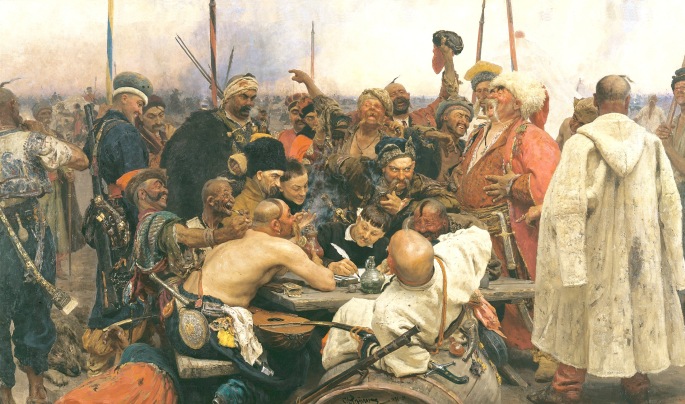A few weeks ago I was working on an art project that involved subverting an architectural structure in a way that changes its original meaning. The building I focussed on was an old Victorian theatre (built in 1876) which I decided to conceal behind lace. The concept and how I came to deciding on my idea of subversion is drawn-out, so I won’t go into detail, but I took clues from the Victorian era (hence the lace) as well as from the original purpose of the building (to entertain) which I turned around into something hidden from view rather than exposed. This idea was informed by the decayed and neglected condition that the building is in now.
Whilst on site I took many photographs and spent hours absorbing the frayed and forgotten energies of the place; I discovered and observed cracks and holes in walls floors and other surfaces that became ‘peep holes’ through which I could see glimpses of its history. This eventually developed into a theme of concealment through which to subvert the historical meaning of the building.
I might write more in a later post on the different stages of my process, but for now here is one of the outcomes; homage to what was once a vibrant architectural structure built to entertain thousands of people in an age gone by. An old theatre that now echoes silence; forgotten and hidden from view amongst the dust and debris.






